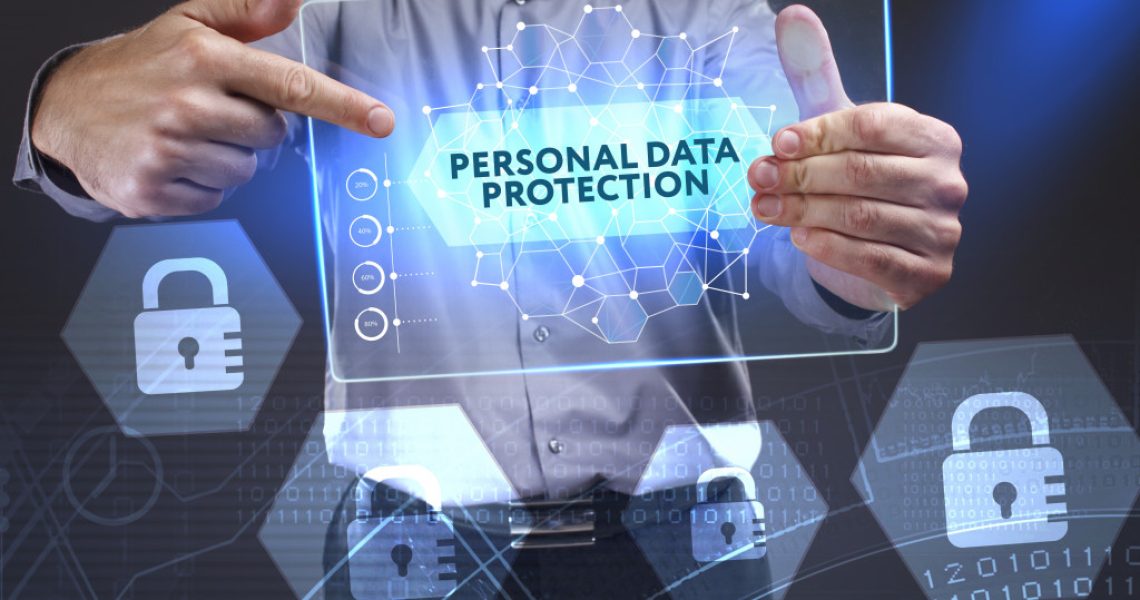- Understand security requirements and responsibilities to ensure compliance with relevant laws and regulations.
- Implement multi-factor authentication, regular monitoring, encryption technologies, and access controls to protect customer data.
- Educate employees on established security protocols and procedures for handling sensitive information securely.
- Regularly review existing policies and procedures to ensure customer data is kept safe and secure.
- Following these best practices can help keep customer data safe from unauthorized access or theft.
You know that protecting your customer data is essential as a business owner. With so much data stored and exchanged online, safeguarding information should be a top priority. But how exactly do you ensure your customer data is secure? This blog post will explore the best practices to protect customer data and keep it safe.
Understand Your Security Requirements and Responsibilities
Understanding what security measures you need to take before collecting customer data is essential. Depending on the type of information you are collecting, and where it is being stored, there may be certain regulations or laws that apply to you.
For example, if you store credit card information, then you must comply with Payment Card Industry (PCI) Data Security Standards (DSS). Similarly, if your customers are in the European Union, you must also comply with the General Data Protection Regulation (GDPR).
You may also need to hire ISO-27001 audit services to ensure your operations, processes, and infrastructure comply with ISO-27001 standards. This widely accepted information security standard outlines the requirements for an effective Information Security Management System (ISMS).
By understanding what requirements apply to your business and taking steps to ensure compliance, you can reduce your risk of facing fines or other penalties for non-compliance.
Implementing Appropriate Security Measures

In a world where data breaches are becoming increasingly common, businesses need to take the necessary steps to protect their customer’s data. Companies risk exposing confidential information and placing their customers at risk without proper security measures. Here are four key practices companies can use to keep customer data secure.
Implement Multi-Factor Authentication (MFA)
MFA is one of the most effective methods for protecting user accounts from unauthorized access. Securing accounts through Multifactor Authentication (MFA) requires that users provide two or more authentication factors, such as a unique password, biometric scan or one-time code.
Access is only granted when both steps are completed successfully. This process makes it more difficult for hackers to gain access and ensures that only authorized individuals can access sensitive information.
Regularly Monitor Security Activity
Companies should regularly monitor their systems for suspicious activity and respond quickly if any potential threats are identified. By keeping track of network activity, companies can detect any patterns indicating a breach before it happens and take action to mitigate the damage. Additionally, regular monitoring helps ensure that all security protocols are followed properly and that customer data remains safe and secure.
Use Encryption Technologies
Encryption technologies help protect against cyberattacks by scrambling data into an unreadable format until an authorized user with a valid key or password decrypts it. By utilizing encryption technologies, companies can ensure that even if a hacker could access the system, they would not be able to make sense of the stolen data due to its encrypted format.
Utilize Access Controls
Access controls allow businesses to restrict certain areas of their networks based on user roles and permissions levels so that only specific individuals can access certain information or features within the system. This prevents unauthorized individuals from gaining access and keeps important customer data secure from those who do not need it to perform their duties within the organization.
Educate Employees on Data Security Practices

All employees must understand their role in safeguarding customer data. Regularly train them on established security protocols and procedures so they know how to handle sensitive information securely. Also, remind them not to share login credentials with anyone—including family members—and encourage them not to use public Wi-Fi networks when accessing company systems remotely. With these simple steps in place, businesses can ensure their customer data remains safe and secure.
The Bottom Line
Protecting customer data should always be a top priority for any business owner or entrepreneur who collects sensitive information from their customers online. To ensure proper protection of this critical asset, businesses should understand their security requirements; implement appropriate technical controls; educate employees on established security protocols; and regularly review existing policies and procedures.
When done correctly, these steps can help keep your customers’ personal information safe while also reducing potential risks associated with a breach or cyberattack.. By following these best practices for protecting customer data securely, businesses will have peace of mind knowing they are doing everything possible to protect their customers‘ valuable information from unauthorized access or theft.

